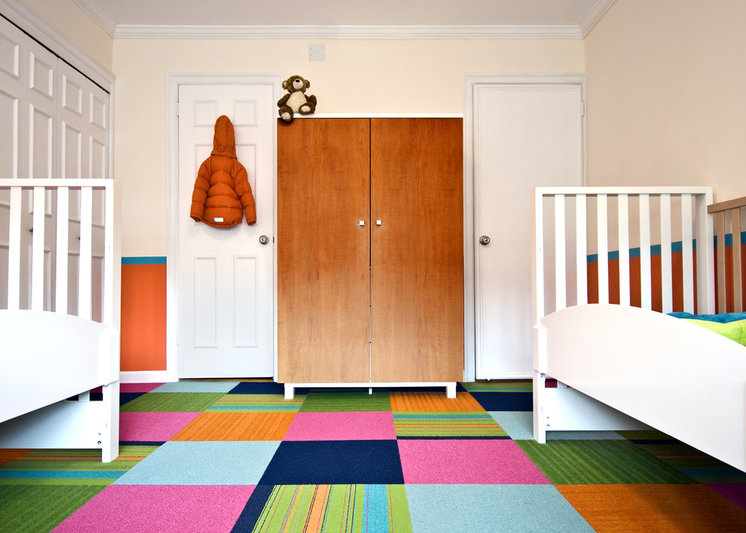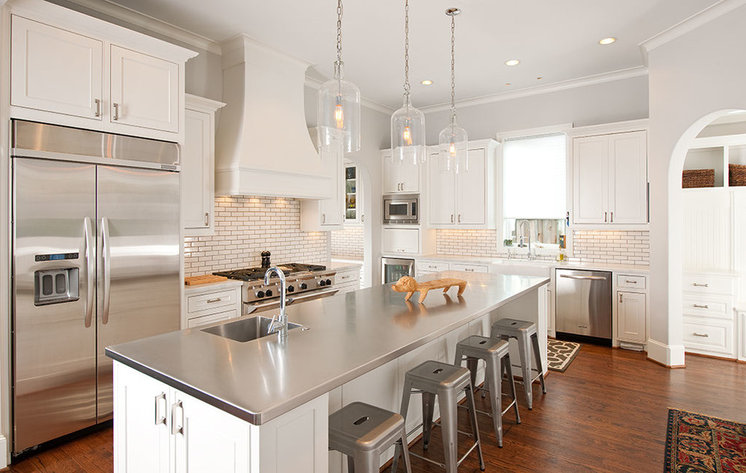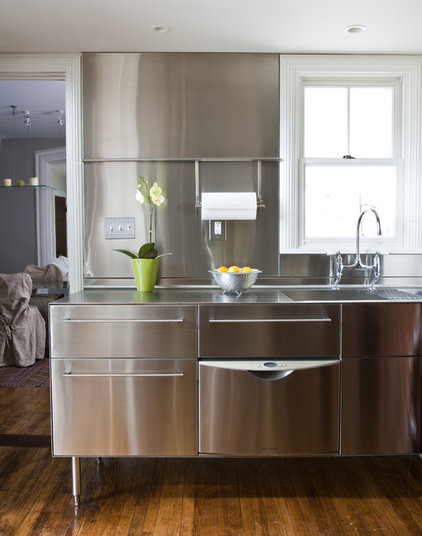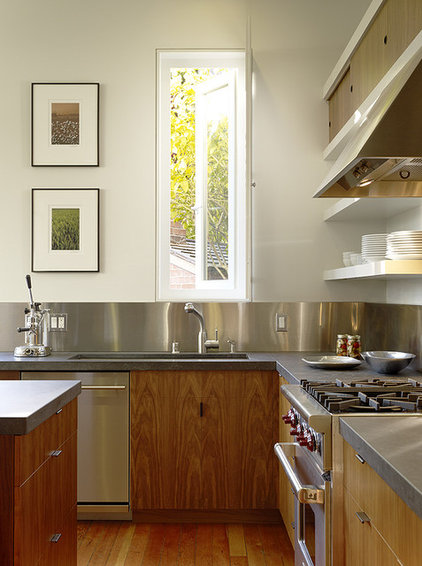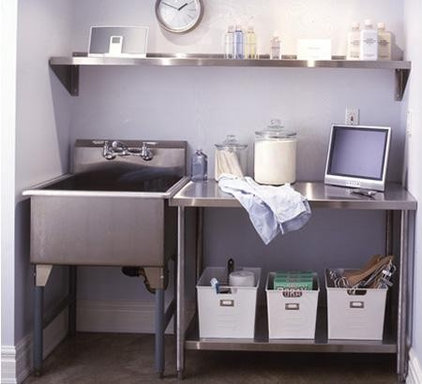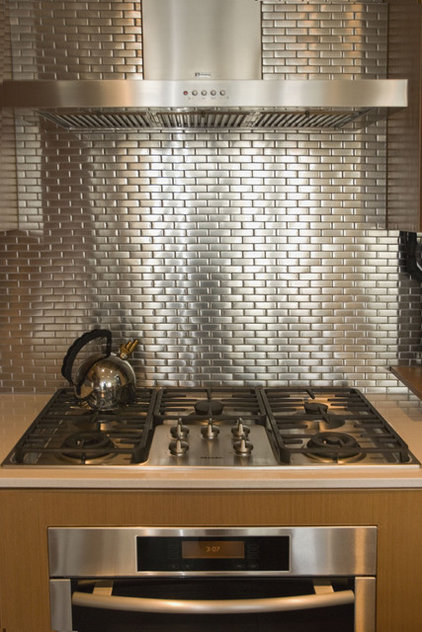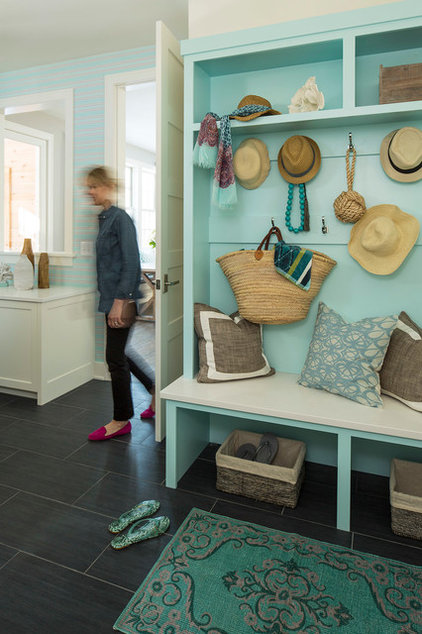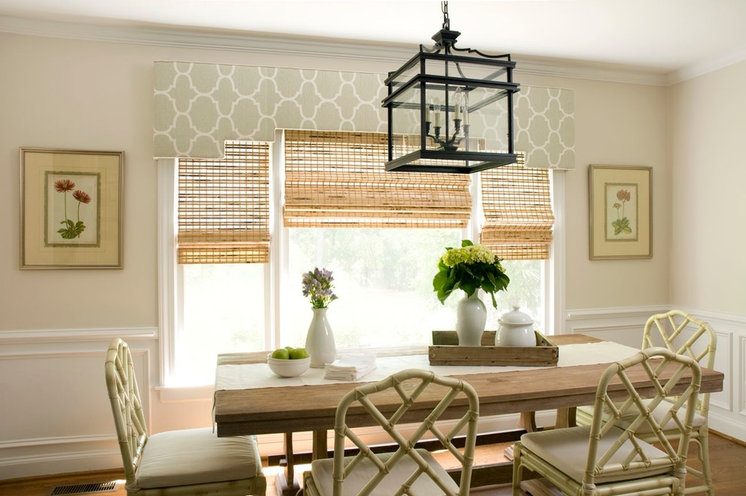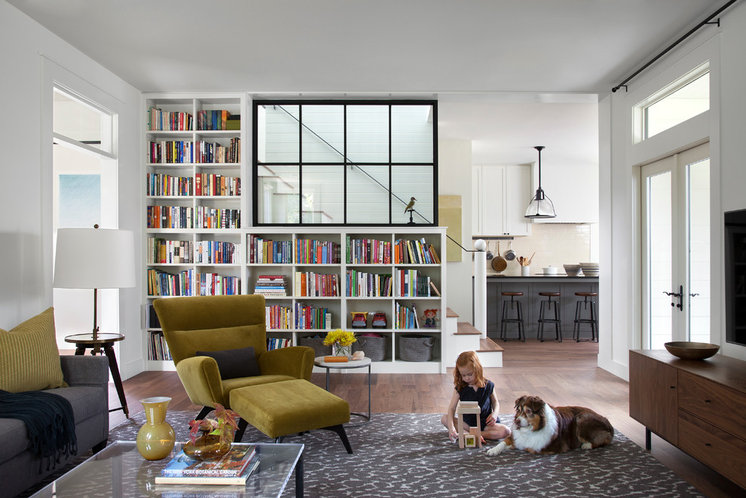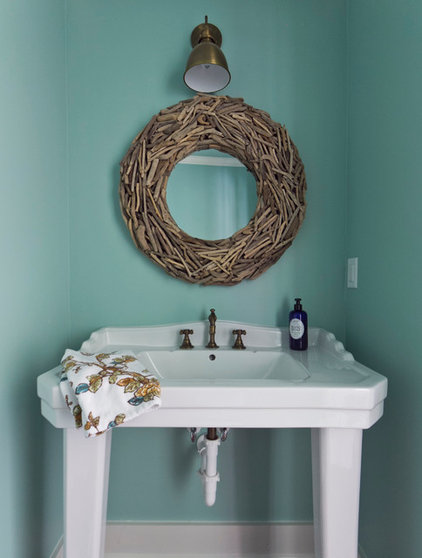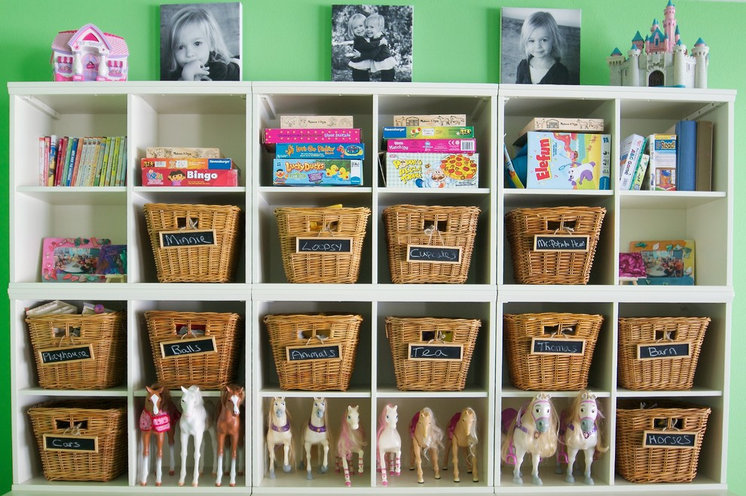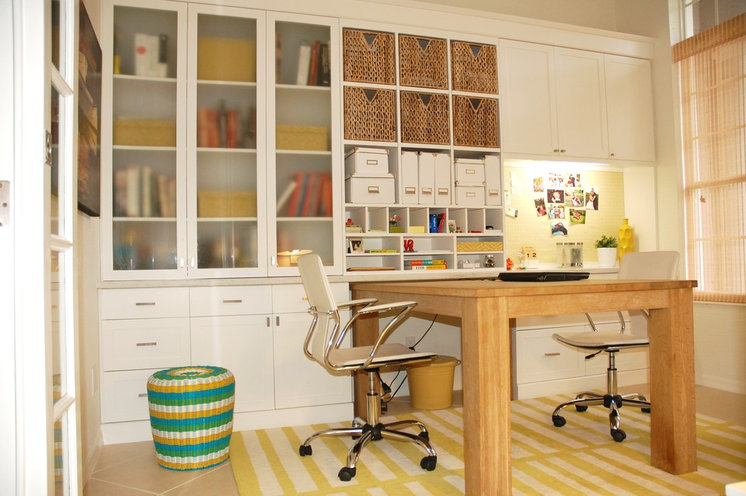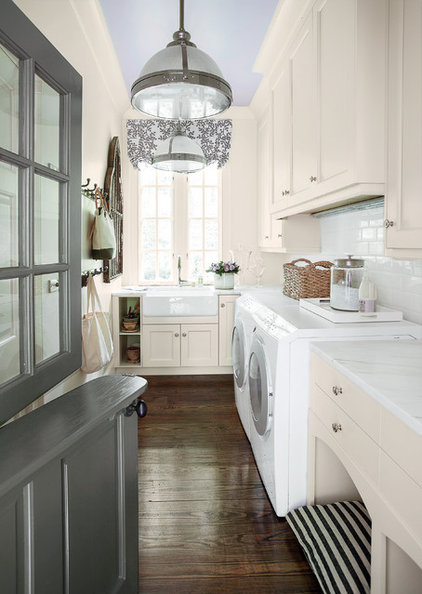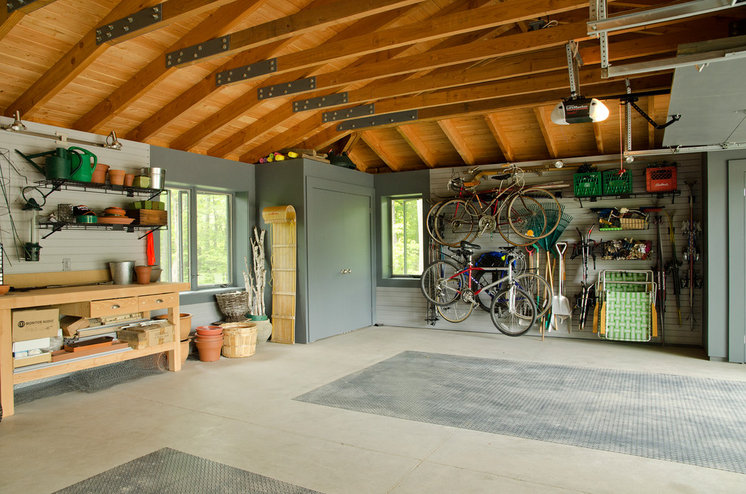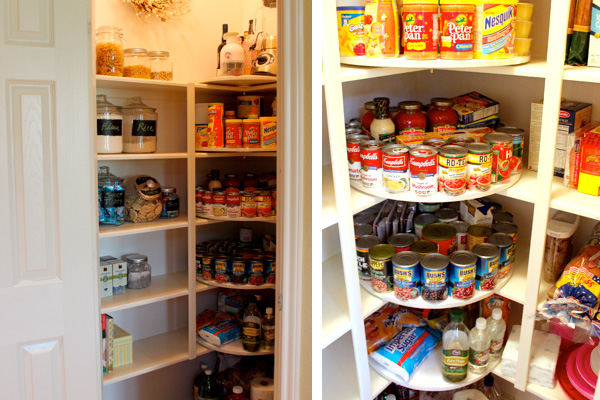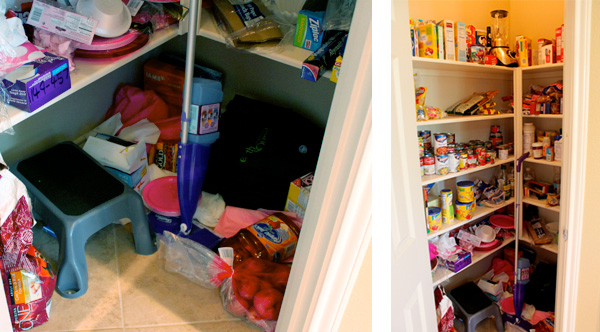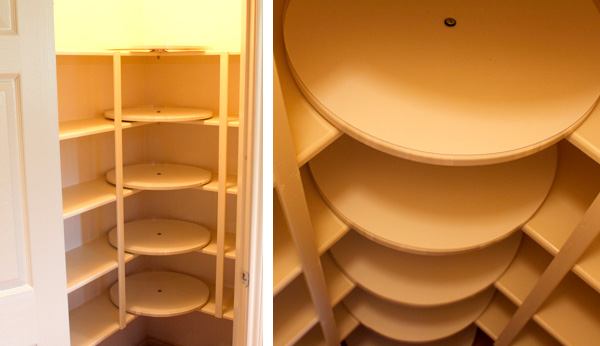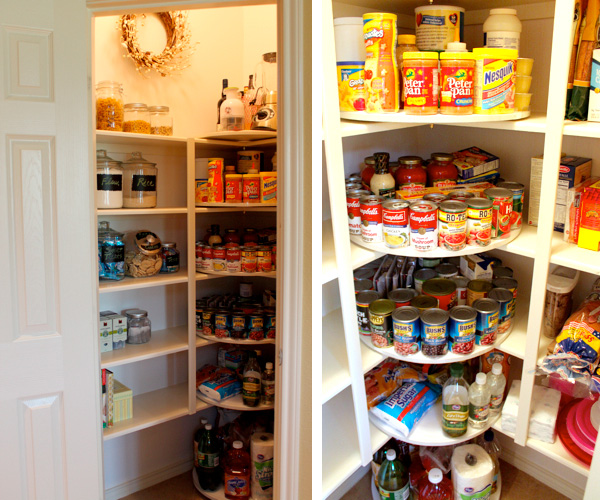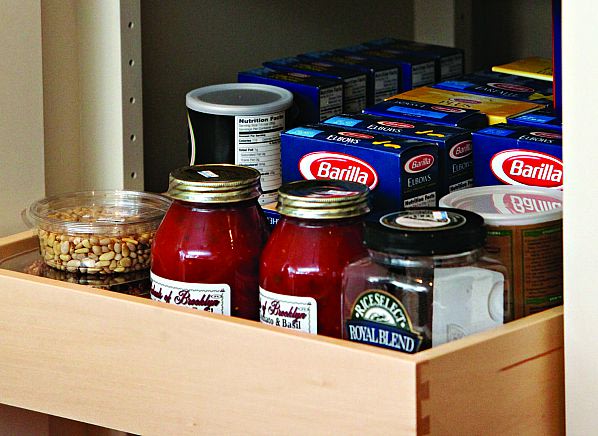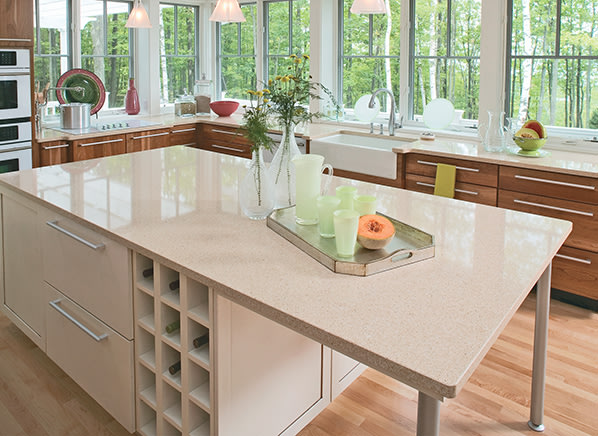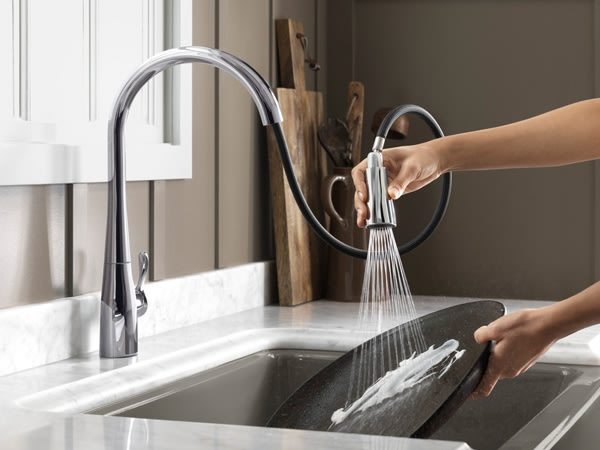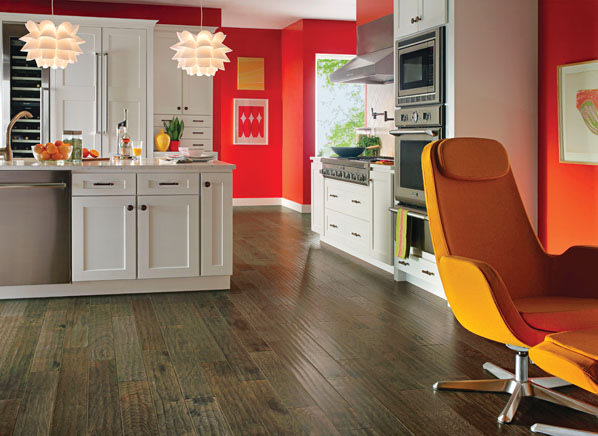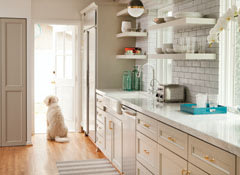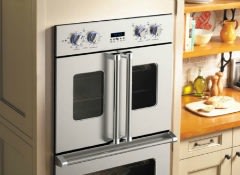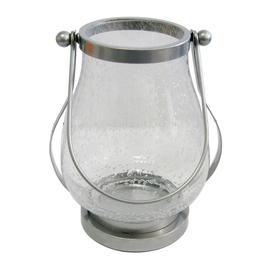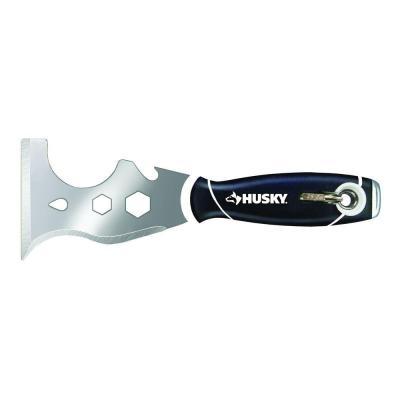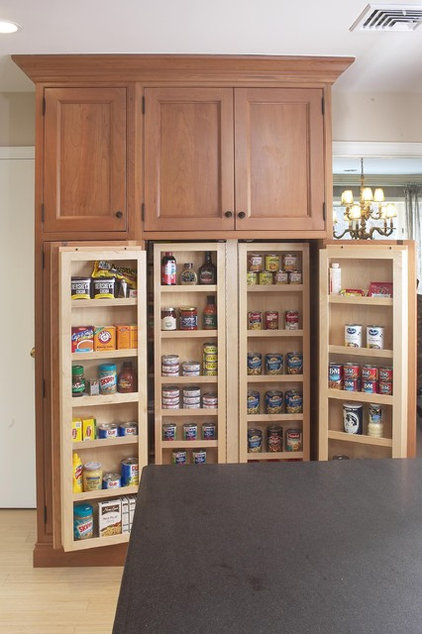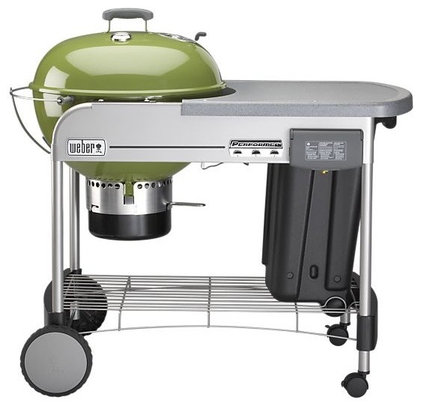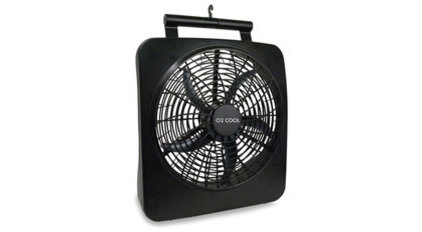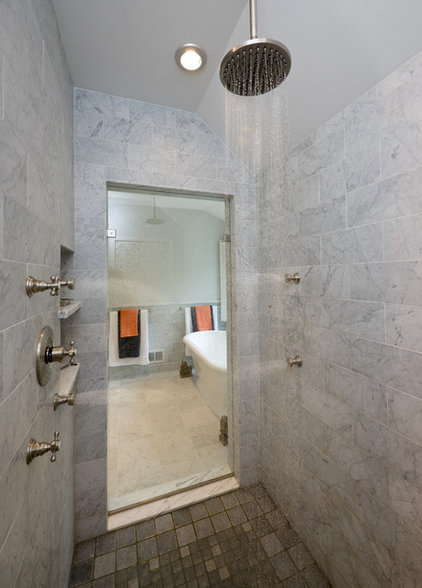Blot, don’t scrub. Using a white cloth or ink-free paper towels (to avoid the danger of additional dyes bleeding into the carpet), blot the stain. Avoid using a scrubbing motion, which can cause the spot to spread or work the problem deeper into the carpet fibers. Keep blotting until the area is completely dry.
Scrape. If semisolids are part of the problem, scrape them off the floor carefully with a rounded spoon. Vacuum the solids until they’re completely removed.
Once you have identified a safe cleaning solution, the CRI advises applying a small amount to the stain and letting it sit for about 10 minutes. Next, working from the outside edges of the stain inward, gently blot the spot. Repeat as needed.
To dry, stack a half-inch layer of plain paper towels on the spot and weigh it down with a flat, heavy object (or stand on it). Continue the process, changing paper towels as needed, until the excess water has been absorbed and the carpet is dry.
If you feel the need for speed, the CRI suggests using a dry, absorbent cleaning compound (such as Capture) to accelerate the drying time.
Coffee, tea, cola. One of the CRI’s most recommended methods for cleaning a variety of stains begins with a combination of ¼ teaspoon of liquid dishwashing detergent with 1 cup of lukewarm water. According to the experts, although you may be tempted to add more dish soap, don’t do it. The less soapy residue you have to rinse out at the end, the better.
To create the solution, use a mild dish soap, never a laundry detergent or an automatic dishwashing detergent, since those often contain optical brighteners or bleaching agents, which can harm carpet dyes and fibers.
If the stain is stubborn, follow the dish soap solution with a mixture of 1 cup of white vinegar per 2 cups of water. The CRI says that since white vinegar is a 5 percent acetic acid solution, it acts as a solvent that will work on both the stain and the dish soap residue.
Finally, when it’s time to rinse the area, the CRI advises using lukewarm tap water in a spray bottle.This precaution is aimed at avoiding oversaturating the carpet and harming the layers beneath. Blot with paper towels and pat dry after each rinse. Several rinses may be necessary to thoroughly eliminate the residue.
One DIY method for neutralizing the scent, recommended by the experts at Coit: Mix ½cup of 3 percent hydrogen peroxide with 1 teaspoon of a mild liquid dish soap, and put it in a spray bottle. Then sprinkle one to two handfuls baking soda (depending on the size of the stain) over the area and spray with the soapy solution. Gently massage the dissolving baking soda into the carpet and allow the spot to dry completely. Finish by vacuuming.
As with all stains, test the process on carpet in an out-of-the-way spot first.
It’s important to note that bloodstains should be treated with cold water, not hot, because heat may cause the stain to set permanently.
If repeated cleaning and blotting with the dish soap solution doesn’t do the trick, Coit suggests an alternative option: Mix ½ cup of water with 1 tablespoon of ammonia. Using a cloth or sponge, apply the ammonia solution on the blood stain. Blot until the liquid is fully absorbed. Finally, apply a sponge dipped in cold water to the stain and blot until dry.
Another approach: The CRI recommends using a solvent, a nonflammable spot solution or a dry-cleaning-type solvent on chocolate stains as the first line of defense. It advises to never pour a solvent directly onto the carpet, since it might permeate the layers and damage the latex that binds the primary and secondary backings. The recommended solvents are Carbona, Energine, K2R and Goof-Off.
Next, create what Coit calls a dry spotter, made by combining 8 parts liquid dry-cleaning solvent and 1 part coconut oil. Mineral oil works too, but not as effectively. Apply the mixture to the stain. Blot with a dry, absorbent towel or pad and repeat as needed.
As with all spot-cleaning remedies, be sure to test on an out-of-the-way piece of carpet first.
As an example, here’s what they suggest for cleaning a wine stain on sisal:
To begin, immediately blot (do not rub) the spill with white paper towels or a clean, absorbent cloth. Sprinkle on an absorbent powder such as salt or talc, then add cold water and blot. Finally, dab on the mild detergent solution, being careful not to saturate the sisal. Work inward from the edge of the spot to prevent the stain from spreading. Wait a few minutes to give the detergent time to work, then blot the moisture with paper towels or an absorbent cloth. Rinse with clear water applied to a clean cloth. Do not pour the water directly on the carpet. Finally, remove excess moisture by applying pressure with paper towels.
Sometimes, in spite of our best efforts, stubborn stains or spots on vintage or delicate rugs may require the attention of a hired gun, in this case a carpet-cleaning professional.

